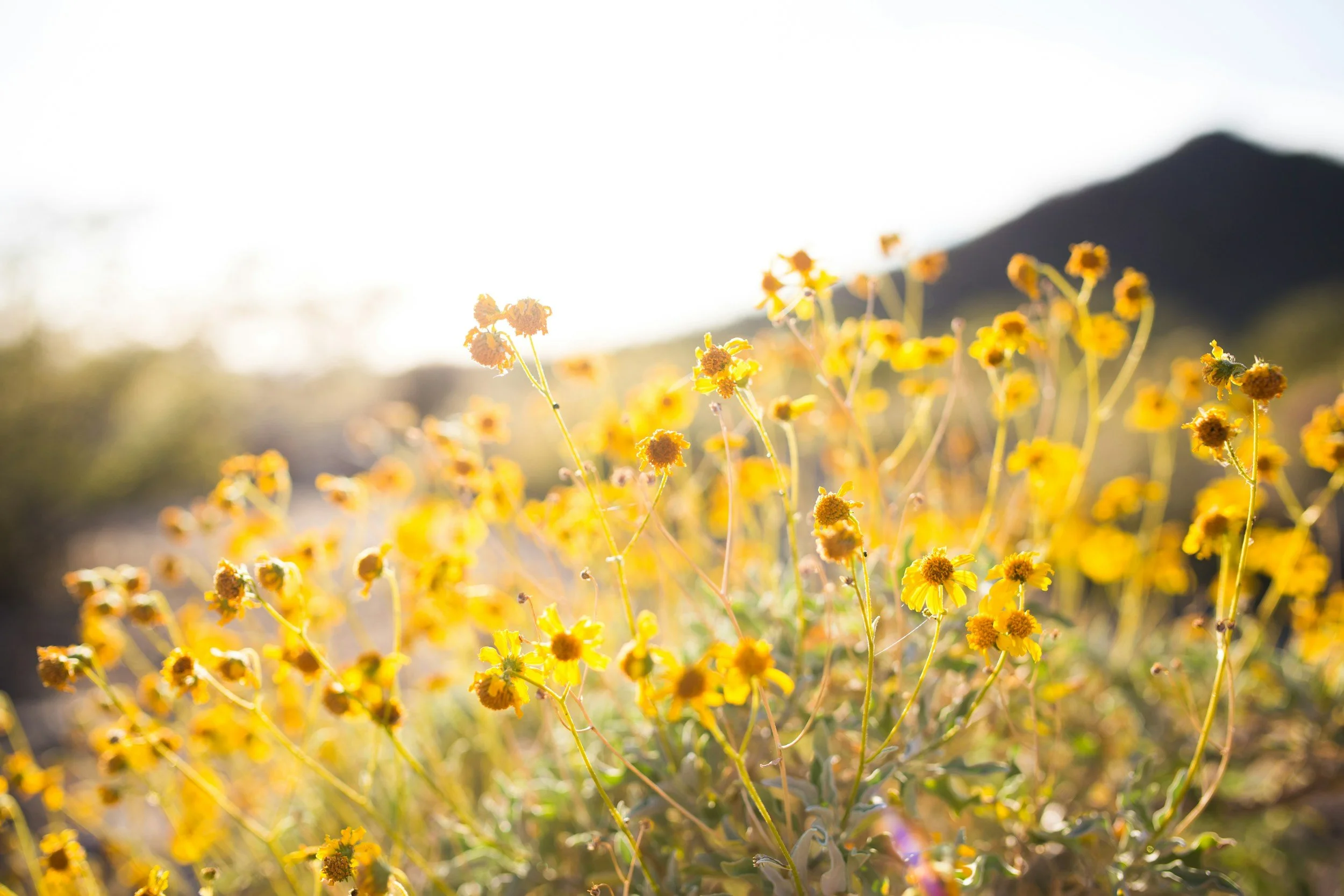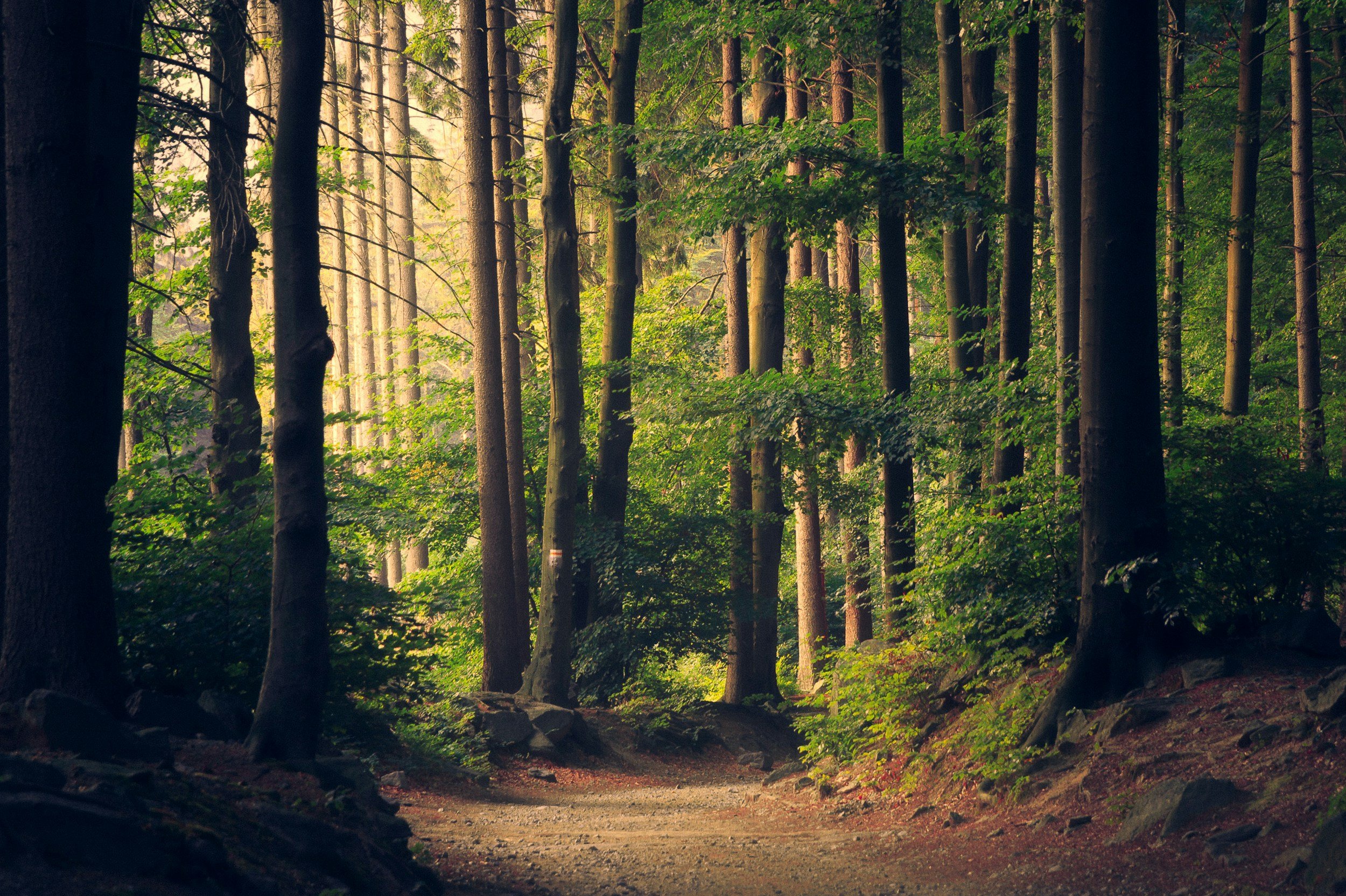🌿 Planting with Purpose: Native Plants and Pollinator Corridors in the South Okanagan
As the sun warms the slopes of the South Okanagan Valley, something beautiful is beginning to take root—a movement. Not just a return to planting, but a deeper, more connected way of growing. A way that supports pollinators, restores biodiversity, and revitalizes the landscape we call home.
At The Foraging Bee, we’re proud to launch the Pollinator Corridor Initiative—a community-powered effort to weave a living tapestry of native plants across farms, backyards, parks, and schools throughout the South Okanagan. Our goal? To create continuous pathways for pollinators and wildlife to travel, feed, and thrive.
🐝 Why Pollinator Corridors Matter
Pollinators—bees, butterflies, moths, hummingbirds—are essential to healthy ecosystems and resilient food systems. Yet, their habitats are disappearing. Fragmented landscapes, invasive plants, and climate change have pushed many species to the brink.
Pollinator corridors are a simple yet powerful solution. By planting native species that bloom from early spring to late fall, we create essential forage and shelter for pollinators while improving soil health, conserving water, and reconnecting natural ecosystems.
🌼 Meet the South Okanagan's Native Plant Heroes
Here in the South Okanagan, we’re fortunate to live in a unique semi-arid climate that supports a distinct array of native flora. These plants are adapted to local conditions, making them drought-tolerant, low-maintenance, and incredibly valuable to wildlife.
Here are just a few native all-stars you can plant to support our corridor:
Arrowleaf Balsamroot (Balsamorhiza sagittata)
One of the first signs of spring in the valley, these golden blooms offer vital early-season nectar for native bees.Ponderosa Pine (Pinus ponderosa)
Towering and iconic, these trees support everything from birds to insects and help anchor the soil with deep roots.Saskatoon Berry (Amelanchier alnifolia)
Edible berries for you, birds, and bears—these multi-functional shrubs flower early and fruit in summer.Mock Orange (Philadelphus lewisii)
Known for its intoxicating fragrance, this shrub attracts bees and butterflies while adding beauty to any space.Antelope Brush (Purshia tridentata)
A rare and endangered shrub critical to the South Okanagan ecosystem—home to countless native species.
🌎 Small Plantings, Big Impact
The beauty of the Pollinator Corridor Initiative is that everyone can take part. Whether you have a backyard, a balcony, or a 10-acre farm, your planting contributes to a bigger picture.
✔️ Plant native wildflowers and shrubs
✔️ Avoid pesticides and herbicides
✔️ Add water sources like shallow dishes with stones
✔️ Leave bare patches for ground-nesting bees
✔️ Connect with others planting in your community
When we plant together, we create a network of life. Each native seedling becomes a stepping stone for pollinators, connecting fragmented spaces and helping restore what’s been lost.
🛒 Want to Get Started?
A great resouce is the Okanagan Similkameen Stewardship. They can help you access native plants and practical planting resources. You can also:
Visit native plant nurseries
Join one of many community planting events
Attend workshops on eco-gardening and pollinator habitat design
Or just start planting in your own yard!
🌐 Explore our resources and get involved at
👉 www.theforagingbee.ca/learn
🌟 Let’s Connect | Explore | Sustain
At The Foraging Bee, our mission is to help people reconnect—with nature, with each other, and with the world buzzing just outside their doorstep. Through the Pollinator Corridor Initiative, we invite you to be part of this vision.
Let’s plant the future, together.
Let’s 🐝 curious. And let’s make the South Okanagan bloom.




